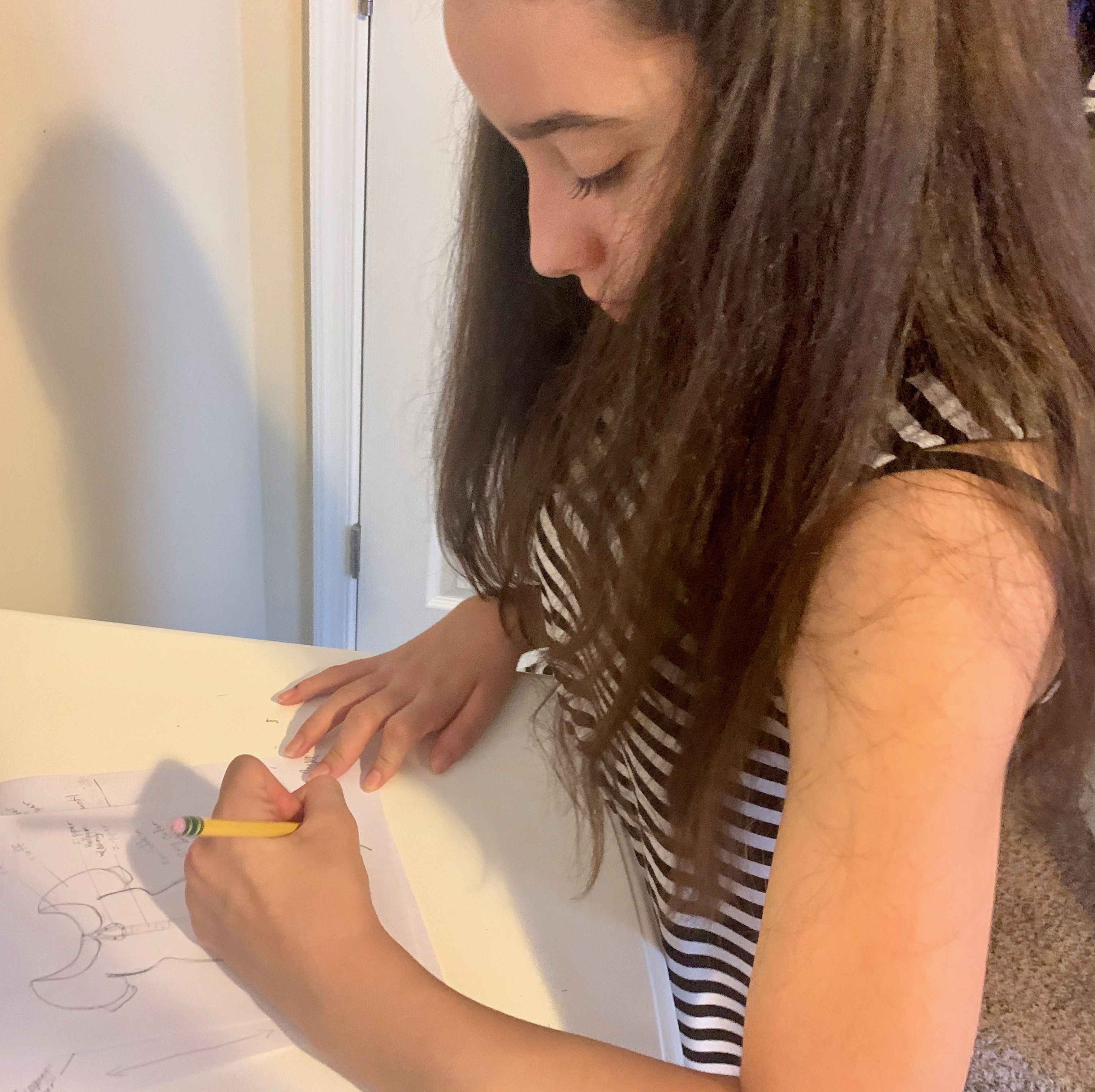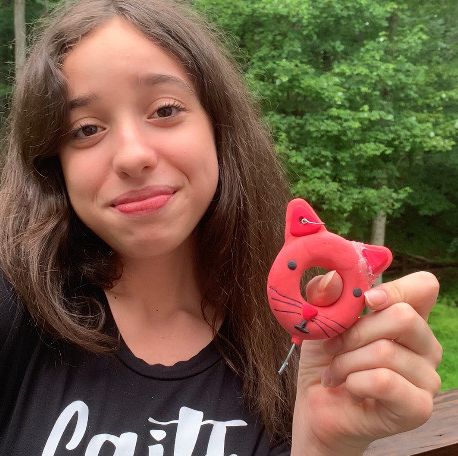Leah Zelaya has dreamed of being a designer for as long as she can remember. She studies fashion magazines, sketches out ideas for red-carpet looks, and even walked in a NYFW show earlier this year.
Ask about her style icons and she’ll drop some of today’s biggest names: Jennifer Lopez, because she’s «not afraid to wear glitter and shine,» and Taylor Swift, for her sartorial superpower to shape-shift from country cute to vampy goth to cottagecore.
The 13-year-old is closely attuned to the ebb and flow of the industry’s biggest trends—so she also knows there’s still a long way to go when it comes to creating clothing for bodies like hers.
Leah was diagnosed with scapuloperoneal spinal muscular atrophy or SPSMA, a rare type of neuromuscular disease, at the age of 6. As she got older, her fine motor skills began to weaken and she starting losing muscle tissue. Today, she uses leg braces to walk short distances and bilateral forearm crutches or her wheelchair for longer distances.
Any activity that requires grabbing can be extremely difficult. That includes getting dressed.
«Things like buttoning and zipping can really hurt my fingers and take a really long time, and I also have trouble getting pants to fit over my leg braces,» Leah tells ELLE.com. «I’m someone that wants to be independent, but just getting dressed in the morning has been a barrier to that. I especially dreaded using zippers because of the weakness in my hands.»
While inclusive fashion is on the rise, Leah says it’s still hard to find items that are both inexpensive and in vogue. So, she created an adaptive hack to modify what she already owns. With help from Open Style Lab, a nonprofit that creates wearable solutions for people of all abilities, Leah spent four weeks developing an assistive device for zippers.
The prototype is called «Easy Zip,» and will be for sale as part of Open Style Lab’s hackability toolkit. (You can get on the waitlist here.). All profits go back into funding for the organization’s summer program with Muscular Dystrophy Association this year to support aspiring fashion designers like Leah.
«My philosophy is that fashion for people with disabilities should be affordable and cute,» she says. «It’s typically really expensive to get adaptable clothes, especially more stylish options. So, my design philosophy is that accessibility must mean affordability, too.»
She describes Easy Zip as «donut-like,» with a big open oval and a hook at the top. «It’s very simple,» she says. «You put the hook through the zipper and you can zip it up and down.»
While a traditional zipper can take Leah up to 20 minutes to pull up, the helper cuts the process down to seconds. It can be used to tie shoes, button a shirt, and open and close handbags. It’s also detachable and small enough to carry around in a purse.
Leah says the selling point for Easy Zip—and what sets it apart from other devices on the market—is that it’s customizable. «It comes with… glitter glue and stickers, so anyone can make it reflect their personal style,» she says. «We’re addressing challenges and creating hacks without sacrificing style.»
For her, Easy Zip is just the start. Leah is also working on a footwear design in a wide range of styles and colors that can fit over her leg braces.
«There’s still so much work to be done [when it comes to accessible fashion],» she says. «Bathing suits is another area. Current designs are really challenging for people with disabilities to put on, especially when they’re wet. I hope to see more options in casual, day-to-day clothing, too.»
This content is created and maintained by a third party, and imported onto this page to help users provide their email addresses. You may be able to find more information about this and similar content at piano.io









